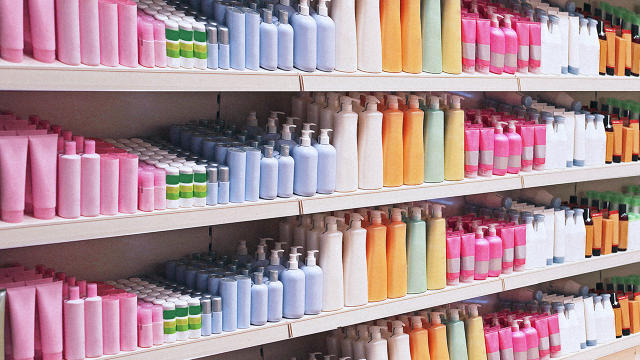the last word Human scan: toxic Chemical publicity
a brand new film asks if you already know simply what number of poisonous chemical compounds you are placing on your physique day by day.
April 13, 2015
each action we take—consuming coffee in the morning, placing detergent in the washing machine, putting on make-up, drinking out of a water bottle, even simply sitting on the couch—may be pulling us deeper into the grand human experiment of being bombarded with questionably secure chemicals every day.
At Co.Exist, we steadily write about individual studies revealing the dangers of not unusual chemical substances. but having a look at the poisonous chemical problem piecemeal most effective goes thus far. occasionally, an important image way is the only technique to hammer dwelling the seriousness of how many toxic chemicals we come into contact with—and what number of firms and politicians are prepared to simply go together with the issue.
In a new film known as The Human scan, filmmakers Dana Nachman and Don Hardy go deeper into the well being and safety penalties of our constant chemical exposure, the activists who’re combating back, and the ways that customers could make a distinction with their buying decisions.
Nachman first become taken with human chemical exposure in 2009, whereas working as a producer at NBC Bay area. “I was assigned a narrative on learn how to make your own home less poisonous. at the time, I didn’t even be aware of that your own home was poisonous,” she says. Nachman ended up producing a 5-phase series on detoxifying the house. by means of the end, she knew that this was an even bigger story.
The extra analysis that Nachman did on the subject, the more she realized that sure groups—like breast most cancers survivors, the fertility group, and households dealing with autism and finding out disabilities—were grappling with the toxicity issue greater than others. She determined to focal point on these communities within the film.
“We weren’t out to show the causes of any of those ailments,” she says. “We were on the lookout for stipulations and illnesses where studies had been displaying there could be an environmental well being section of them.”
the point, says Nachman, is to no longer wait except chemical compounds have been proven definitively to be toxic. people used tobacco for virtually a century before we understood its influence on the body. “Let’s take the precautionary theory. Let’s be cautious about chemicals until we prove they’re now not causing concerns,” she says.

one of the most shocking issues to come back up during analysis for the movie: information about the companies that swap out known toxic chemical compounds in sure countries with strict regulations, however keep the questionable chemicals in merchandise offered within the U.S. in the movie, viewers get the story of Johnson & Johnson child shampoo, which has totally different elements in the U.S. than somewhere else (in some other countries, chemical compounds had been switched on account of local bans on the ones utilized in the U.S.product).
The filmmakers tried to get comments from Johnson & Johnson, the American Chemistry Council, and others with a vested pastime in the products and chemicals mentioned in the film—to no avail.
“i believe that the film is surprising, the mess of the law and the place we are politically with that is surprising,” says Nachman. “i’m hoping audiences come away from this with the understanding that there’s an issue, and that they can take steps to buy better merchandise.”
The Human scan will likely be available on-demand and in theaters April 17.
[top photograph: Africa Studio by means of Shutterstock]
fast company , learn Full Story
(171)










